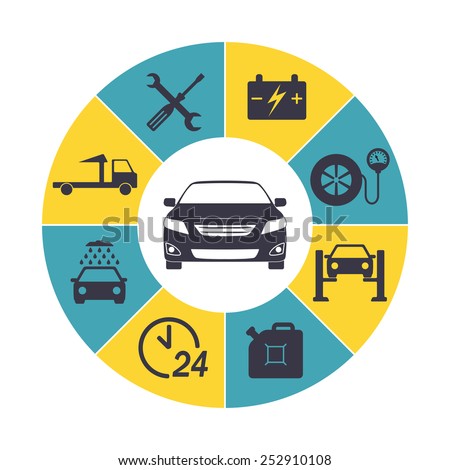Recognizing Your Vehicle'S Warning Lights: What Do They Actually Mean?
Recognizing Your Vehicle'S Warning Lights: What Do They Actually Mean?
Blog Article
Short Article Author-Termansen Stark
When you lag the wheel, those radiant caution lights on your dashboard can be a little bit difficult. Do you recognize what they're attempting to inform you regarding your car's wellness? Comprehending the value of these lights is essential for your safety and security and the long life of your vehicle. So, the following time among those lights turns up, wouldn't you intend to understand its message precisely and take the needed steps to resolve it?
Common Warning Lighting and Interpretations
Identify typical warning lights in your cars and truck and recognize their meanings to guarantee secure driving.
cardetailingnearme of the most common caution lights consist of the check engine light, which indicates problems with the engine or exhausts system. If this light begins, it's essential to have your car examined promptly.
The oil stress warning light shows reduced oil stress, requiring instant attention to stop engine damages.
A flashing battery light may recommend a damaged charging system, possibly leaving you stranded if not dealt with.
The tire pressure surveillance system (TPMS) light alerts you to low tire stress, influencing vehicle stability and gas performance. Overlooking this might result in unsafe driving conditions.
The ABS light indicates a trouble with the anti-lock stopping system, jeopardizing your ability to stop swiftly in emergency situations.
Finally, the coolant temperature level cautioning light warns of engine getting too hot, which can lead to serious damage if not solved swiftly.
Comprehending these common caution lights will aid you attend to problems promptly and maintain safe driving conditions.
Relevance of Prompt Interest
Recognizing the usual warning lights in your car is only the primary step; the value of without delay resolving these cautions can't be stressed sufficient to guarantee your safety when traveling.
When a caution light brightens on your dashboard, it's your auto's way of interacting a prospective problem that requires interest. Overlooking these cautions can lead to extra extreme troubles later on, jeopardizing your safety and potentially costing you a lot more out of commission.
Trigger focus to warning lights can prevent malfunctions and mishaps. As an example, a flashing check engine light might indicate a misfire that, if left ignored, might create damages to the catalytic converter. Addressing this quickly can conserve you from a costly repair work.
Similarly, relevant internet page cautioning light could signal low brake liquid or worn brake pads, critical components for your safety and security when driving.
Do It Yourself Troubleshooting Tips
If you discover a warning light on your dashboard, there are a few DIY repairing tips you can attempt before seeking specialist help.
The first step is to consult your cars and truck's manual to recognize what the certain warning light shows. Often the problem can be as straightforward as a loose gas cap activating the check engine light. Tightening the gas cap may deal with the issue.
One more typical issue is a reduced battery, which can set off numerous cautioning lights. Examining the battery links for deterioration and guaranteeing they're safe might repair the problem.
If a caution light continues, you can attempt resetting it by disconnecting the cars and truck's battery for a couple of minutes and then reconnecting it. Furthermore, checking your vehicle's liquid degrees, such as oil, coolant, and brake liquid, can aid troubleshoot cautioning lights connected to these systems.
Verdict
Finally, understanding your vehicle's caution lights is crucial for maintaining your lorry running efficiently and securely. By without delay addressing these signals and knowing what they suggest, you can prevent pricey fixings and prospective failures.
Keep in mind to consult your vehicle's handbook for specific information on each cautioning light and do something about it as necessary to ensure a trouble-free driving experience.
Stay informed, stay secure on the road!
